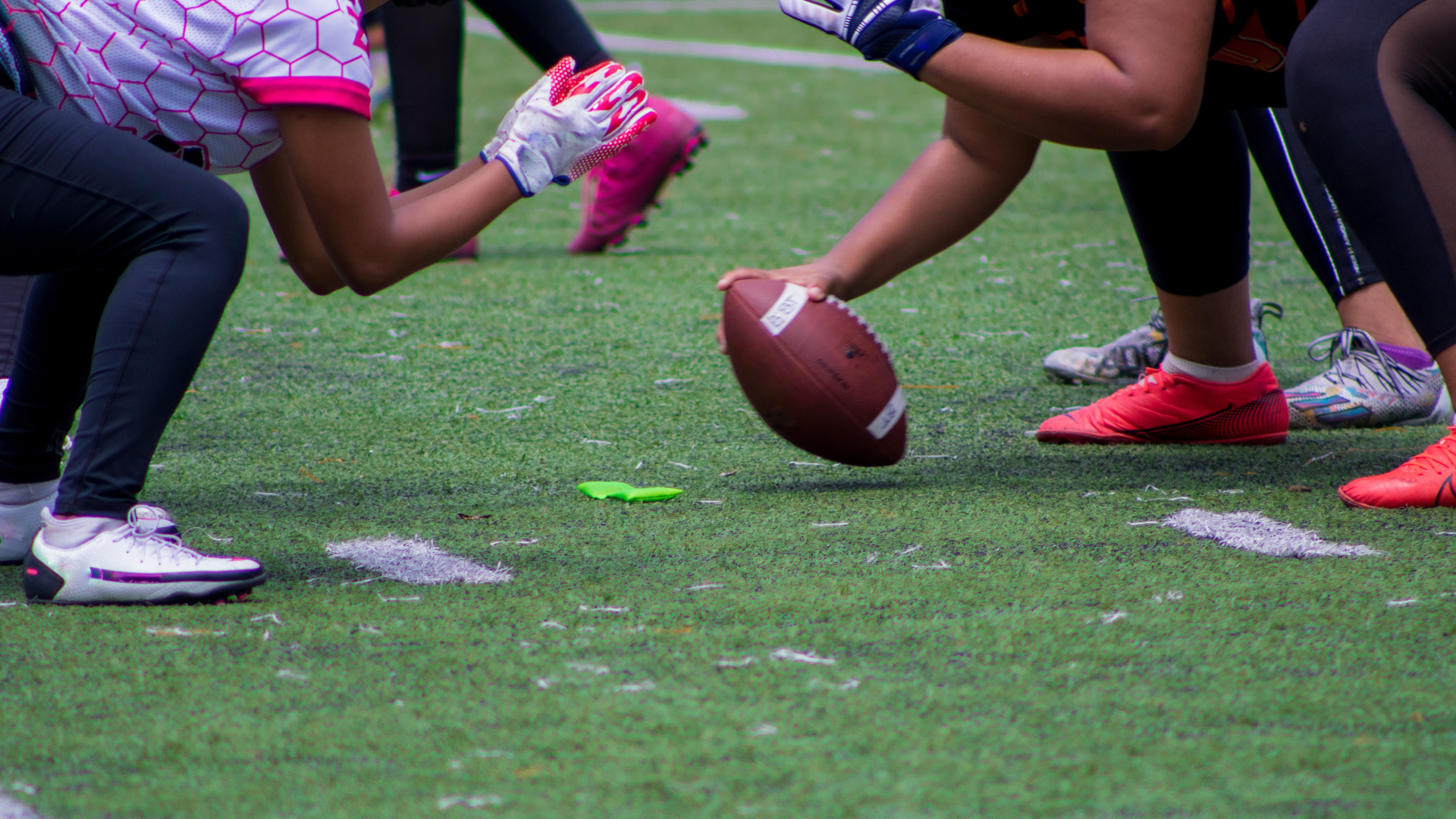There's a saying: "If you keep doing what you've been doing—you're going to keep getting what you've been getting."
If you're working out at the gym, you'll know that's exactly how it is. You can put in the hours and push yourself hard every day, but progression isn’t always easy to come by. You want to get stronger, but no matter how hard you try, it's not happening.
If you keep doing the same thing, day in and day out, you'll maintain a certain level of strength and fitness—but you won't take things to the next level.
The likelihood is that you'll plateau. To progress and gain strength, you must take yourself out of your comfort zone and to another level.
Muscle growth happens when you push your muscular endurance past its normal limits. Enter progressive overload.
Having a progressive overload workout plan will help you take your training up a notch and keep grabbing the gains you deserve.
Let’s explore.
Why do you plateau?
When your endurance training becomes too easy, you need to adjust your training regimen, so that you can progress.
If your strength training consists of the same number of reps, sets, and weights each time, you'll only ever tread water.
A plateau happens when you don't push yourself harder than before. The simple reason for this is to gain strength. You need to tear your muscle tissue, which happens when you take on a heavier workout than you've done previously.
Going through the motions will get you nowhere, fast. This also means you'll burn fewer calories, as it will gradually become easier to do the same thing each time. And without putting extra demands on your body, progression will be a mere pipe dream.
Working out every day and getting nowhere is frustrating and likely to cause a diminished interest in going to the gym.
Don't panic! All is not lost. Let's see how you can turn this around.
How can you progress?
The first thing you need to do is to have a good look at your workout schedule. A good one will be progressive and will have a target date set.
For example, it will have a list of exercises each week, with a gradual progression towards more sets, reps and more arduous sessions as the weeks go on.
If you want to progress, you need to push yourself out of your comfort zone and work harder than ever before.
We're not going to pretend that it'll be an easy ride, but no pain means no gain, and you know it'll be well worth the effort.
Progressive overload explained

Progressive overload is a way of improving your strength, and muscle size. It involves gradually increasing the intensity of each workout. That way, your muscles will adapt to the new levels of toughness without putting too much strain on them to avoid injury.
Working out with the same intensity each time will have you running on the spot and staying exactly where you are. Adding extra intensity and stress gradually, will enable your muscles to adapt to the new pressure so that you can move on to the next level.
With minimal injury risk, progressive overload empowers your body to adapt gradually and your muscular strength to gradually increase.
This last point is essential, as too many people rush into thinking that progressive overload means progressing as quickly as possible. If you do this, not only will you have a high risk of injury, but you'll also most likely burn yourself out.
If you do it correctly, you can expect to maximize gains, avoid plateaus, improve fitness levels and mobility, increase endurance, and gain greater bone strength.
How can you introduce progressive overload into your workout?
You can introduce progressive overload into your exercise routine in a few different ways—including…
- Increasing your number of repetitions
- Boosting your the number of sets
- Increasing the amount of weight you lift
- Performing a full range of motion
- Exercising at a quicker pace
- Upping your repetitions per set.
- Increasing your number of workouts per week.
- Reducing your rest time in between sets
- Improving the range of motion with every movement
An example of progressive overload is lifting heavier weights. When performing intensity training, you can easily use progressive overload by adding more reps, an extra set, and lifting more.
The weight increase you decide on should be slow and gradual to give your muscles time to adapt to the new intensity.
Another way to progressively overload is to increase the number of workouts you do each week—but be careful.
Top tip: Make sure you stagger your sessions so that each muscle set gets an adequate rest before trying to work them again to reduce injury risk.
How much should I increase each progressive workout?
This can depend on several factors, such as your body composition, and your ability to adapt to more complex training schedules.
But the general rule of thumb is between 5% to 10% extra. This can be 10% more time to complete each set, or 10% heavier weights. Go for it.
How soon can I progress to the next level?
Perhaps the most crucial question of all? How do you know when it's time to go for more reps, time, or heavier weights?
The simple answer is that you must learn to listen to your body. When you start resistance training, it should feel tough and challenging. When you start to find the exercise easy, it's time to go harder.
It may be a few weeks before you feel you’re able to start increasing the weight, or increasing repetitions. But be patient.
It’s important to make your progressive load manageable, so that muscle hypertrophy is gradual, and your body adapts so that you can grow muscle in good form.
What exercises should you do?
The exercises you perform should be a mixture of all major muscle groups, like shoulders, legs, arms, and chest, so you get a well-balanced workout.
Choosing a different day for each part of your body means the muscle group will have time to repair before you start working on them again.
Whether you are lifting weights, performing bench presses, chin-ups, deadlifts, or squats, the training method of progressively overloading is the same.
With each exercise, you can progressively increase the intensity by increasing the intensity of each exercise.
You can achieve this through the various progressive overload methods, such as more repetitions, heavier weights, and reduced rest time between exercises.
How else can you improve your performance?

To improve, you must incorporate several other disciplines into your routine to ensure all your bases are covered.
Yes, progressive overload will help you gain stronger muscles—but you need to back that up by looking after your general health. No ifs. No buts. No compromises.
Watch your diet
Packing in plenty of protein and carbs is essential for muscle building. Carbs are essential for energy, and protein for muscle repair.
Plenty of fruit and vegetables are necessary to take in essential vitamins and minerals and will help not only with the muscle-building process but also your general health. Whole foods are better than processed foods, and if you can cut down or cut out on alcohol consumption and smoking—it will help.
Variety is good
One of the main reasons for progressive workouts is to avoid things getting too familiar— the same goes for your training sessions.
Doing the same thing day in, day out is going to get boring. So mix it up and make it interesting to stay motivated. If there's one thing that will promote a plateau, it's getting bored in the gym!
Different exercises, working out in a different place, or even changing the order in which you perform your exercises can keep it fresh.
Read: How many times a week should I work out? Your essential guide
Take a break
Rest days are essential if you're working out and want to avoid burnout and reduce the risk of getting injured.
Being focused and on top of your game doesn't mean you need to be on it 24/7. No one is superhuman, and giving your body time to repair, and revitalize before hitting it again is one of the most important disciplines.
If you don't take rest days, you'll also find it challenging to find the energy to put in the hard work you need to progress.
Get a personal trainer
This will depend on your budget, but getting in a PT—even once a week—can make a big difference.
A certified personal trainer will be able to give you a second opinion on how you're progressing (and when to move onto the next level) while helping you get the most out of every rep.
Make lifestyle changes
Working with your body means getting in touch with your overall health. And if you need to make some lifestyle changes, now is the time to strike.
Not getting enough sleep, too much alcohol, and bad dietary choices can make a big difference.
You have to be on top of your game to make big gains. If you're trying to push past your usual limits, any weak links in your system will show. So, keeping strong both mentally and physically is essential. You’ve got this.
Recognize your strengths
You know what you're good at, and I'd wager you know your favorite exercises. This is important because when it comes to progress, you may level up more quickly in some areas than others.
You might be able to smash the shoulder press but struggle with leg day. If you know your strengths, you'll know your weaknesses, too. And that’s where you can make the positive changes you want to see.
Take supplements

The main source of your nutrients should come from your diet. But as we said, weak links are likely to be exposed when you work harder than before.
Taking a supplement will not only fill in any gaps in your diet but also give you additional resources to push harder than before—something you'll need to do to progress.
Essential vitamins and minerals added to your system will empower you to push through the barriers and smash every level.
Progressive overload is all about load or repetition progression. If you’re able to lift more weight, or perform more repetitions or sets with the same weight—you’ll know you’re heading in the right direction.
Progressive overload will not only help you to improve muscle strength, it will boost your cardiovascular fitness, and seriously improve your fitness level.
Crazybulk's 100% natural, safe, & legal steroid alternatives contain natural ingredients designed to keep you strong for the challenges of progressive overload.
Over 299,434 purchases
Over 509,389 bottles sold
Over 30,563,340 pills taken








